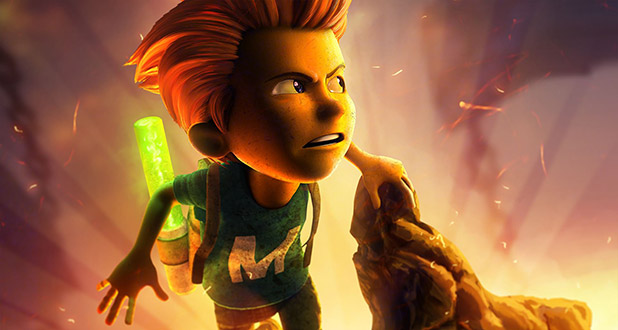I’ve been writing about Nevermind for the past couple of years and still I keep coming back to it. Nevermind is particularly intriguing to me because the game combines horror and psychological suspense with biofeedback in an attempt to create a game that could possibly help players manage their anxieties. The idea behind Nevermind is as the player’s fear increases so does the difficulty of the gameplay. Therefore, the player must teach herself to calm down in order to progress through the game. When Nevermind was first released, the player need to purchase special biofeedback or heartrate tracking equipment for the game to work, so I was unable to test how this feature worked until now. The developers recently updated the game to read the emotions on your face via your webcam.
I was so excited to test out Nevermind with the biofeedback and actually get to play around with the way the game changes with fear, and I was not disappointed. At first, as I was moving through the game, I wondered how, exactly, I would even know if the game was changing due to my facial expressions, but I just tried to play normally and not think about it. I was also concerned that the facial reading wouldn’t work for me because I am really hard to scare. But, I did start to notice after a while that the game would get a lot creepier and fuzzier when I would get frustrated. For example, at one point I had a knife, but I had no idea what to do with the knife, and I suppose this frustration must have shown on my face because the game did seem to get harder (and fuzzier). I’ll admit, I eventually had to go watch a walkthrough to figure out what exactly to do with this knife, and I noticed that walkthrough gameplay was much, much clearer than mine. So, I started having fun with my facial expressions to see what it would do. All of this was going on during a not particularly scary part of the game. Creepy, yes, but not scary. And, mostly I was noticing that the game continued to pick up on my frustrations. And, from that, I was consciously trying to keep calm, which is the point of the game.
But, then I got to the scary part. And, I remembered that while I usually am hard to scare, this game can sure do it. I was having a hard time, the game was actually starting to get under my skin even though I was playing it in a brightly lit room. I was doing everything I could to keep my facial expressions neutral, but I wasn’t able to get the game to ease up with the difficulty. I kept dying. I didn’t even know you could die in this game. So, I decided to turn it off, just to see the difference between the two. When I turned the facial reading off, the game became clear again, and much easier to progress through. Less fun, though, so I turned it back on. Ultimately, I love the facial recognition component of the game. I actually found it a bit harder to control my emotions than I was anticipating, and the gaming experience was enhanced for me because I was so focused on remaining calm.
Gameplay aside, I did have some concerns with the game using my webcam and monitoring me. I briefly wondered who was watching and having the webcam on made me more conscious of what I was doing (and what weird facial expressions I might be making into the camera). I can see how this technology can enhance gameplay for a lot of games, but I worry a little about possible invasions of privacy.
I had forgotton how much I love Nevermind. In playing the game to write this post, I remembered what an awesome game it is even without the biofeedback, but I’m so happy I was able to finally try to play it with some biofeedback. I’m also very excited that the new facial reading biofeedback is so accessible. The developers say it’s compatible with most webcams, and I had no trouble at all. When I updated and the started the game, the webcam was already on and set up for me. I hope the developers plan to release more levels because I can’t wait to play more of this game.




